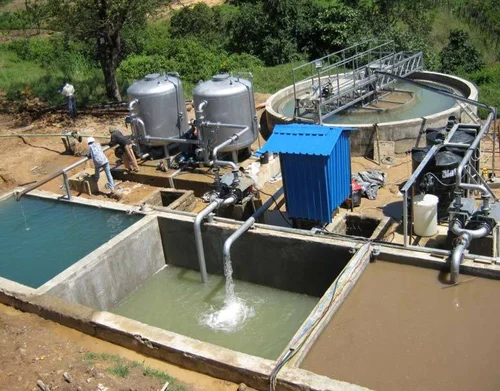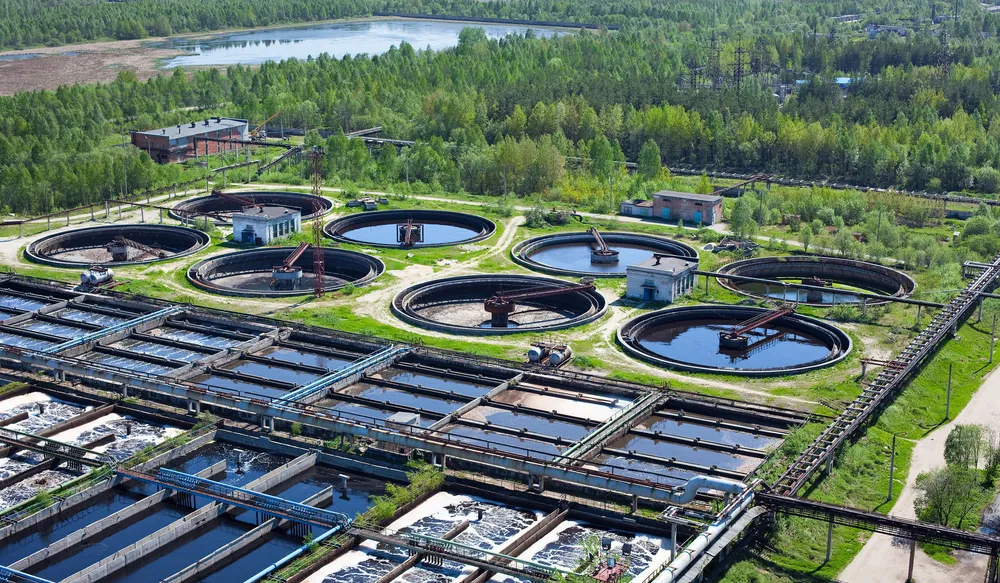WATER TREATMENT
Wastewater treatment is a process used to remove contaminants from wastewater or sewage to produce treated effluent that can be safely discharged into the environment or reused for various purposes. There are several types of wastewater treatment methods, each designed to address specific contaminants and meet regulatory requirements. Here are some common types of wastewater treatment:

Effluent Treatment Plants (ETP)
- Effluent Treatment Plants are designed to treat industrial wastewater before it is discharged into the environment or municipal sewage systems. ETPs remove pollutants and contaminants from industrial effluents, including organic compounds, heavy metals, suspended solids, and toxic substances.
- ETPs employ various treatment processes such as physical, chemical, and biological treatments to achieve the desired effluent quality standards.
- Common treatment processes used in ETPs include sedimentation, coagulation-flocculation, biological oxidation (activated sludge process), chemical oxidation, membrane filtration, and advanced oxidation processes (AOPs).
- ETPs are customized based on the specific wastewater characteristics, industry type, effluent quality requirements, and regulatory standards
Sewage Treatment Plants (STP)
- Sewage Treatment Plants are designed to treat domestic or municipal wastewater generated from households, commercial buildings, and institutions. STPs remove pollutants, pathogens, and organic matter from sewage before it is discharged back into the environment or reused for non-potable purposes.
- STPs typically employ biological treatment processes such as activated sludge, trickling filters, or sequencing batch reactors (SBRs) to degrade organic pollutants and nutrients in sewage.
- Additional treatment processes may include primary sedimentation, secondary clarification, disinfection (e.g., chlorination, UV disinfection), and tertiary filtration to further polish the treated effluent.
- STPs are crucial for protecting public health, preventing waterborne diseases, and preserving water quality in rivers, lakes, and groundwater resources.


Water Treatment Plants (WTP)
- Water Treatment Plants are designed to treat raw water from natural sources such as rivers, lakes, or groundwater to produce potable water suitable for drinking, cooking, and other domestic purposes.
- WTPs employ multiple treatment processes to remove impurities, contaminants, and pathogens from raw water, including physical, chemical, and biological treatments.
- Common treatment processes used in WTPs include coagulation, sedimentation, filtration (e.g., rapid sand filtration, multimedia filtration), disinfection (e.g., chlorination, ozonation), and pH adjustment.
- Advanced treatment techniques such as membrane filtration (e.g., reverse osmosis, ultrafiltration) and ion exchange may be used to achieve higher water quality standards or address specific water quality challenges.
- WTPs play a critical role in providing safe and reliable drinking water to communities, industries, and institutions, contributing to public health and sanitation.
